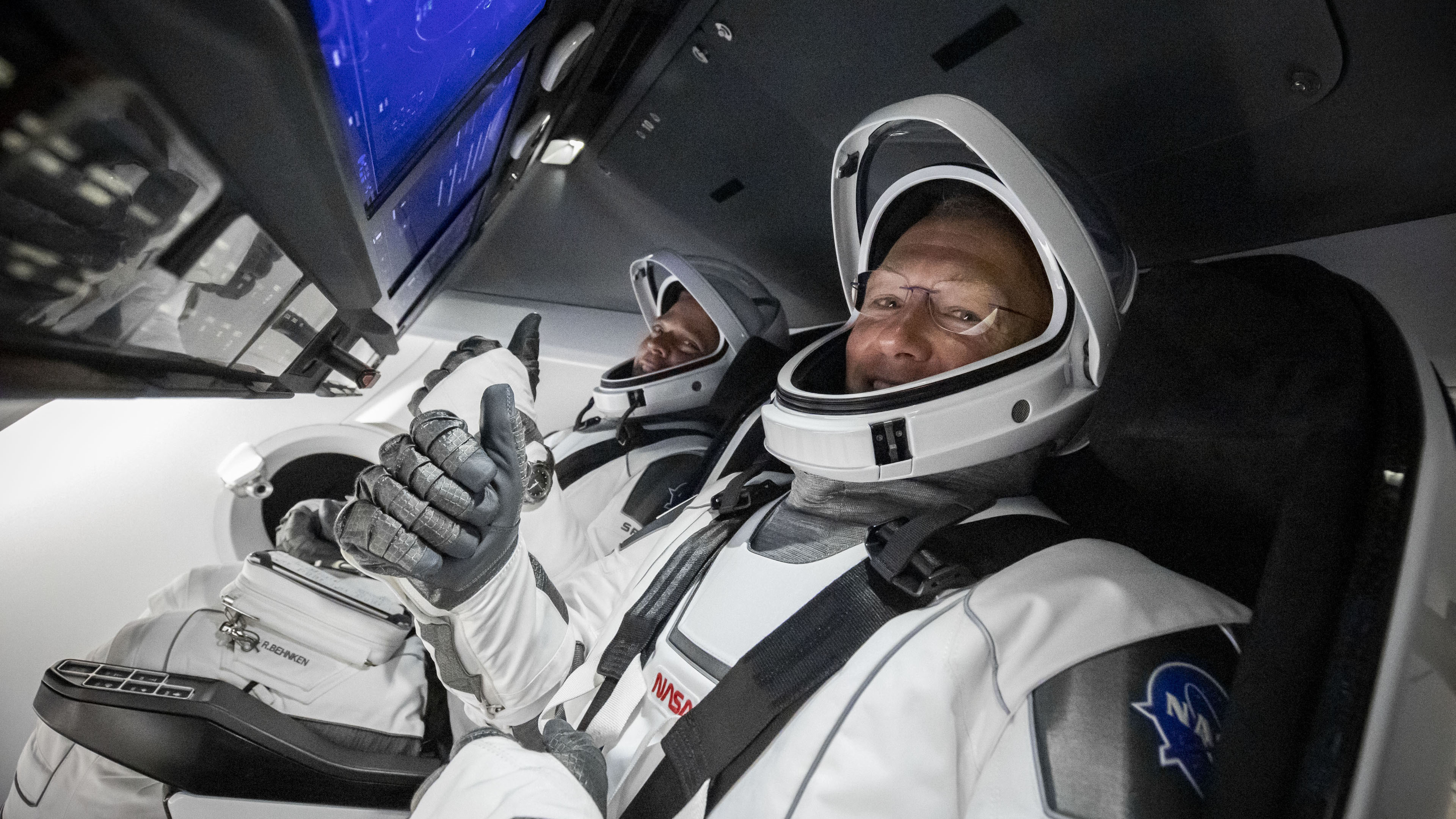NASA wants to buy more astronaut rides on private spaceships

NASA wants more private-sector firms to ferry astronauts up into space, including missions to and from the International Space Station. The agency has put out a request for information, an initial step towards awarding contracts.
NASA's announcement comes just days after one such private-sector contractor, Boeing, announced that the next test flight of its Starliner astronaut taxi has been delayed until 2022. Starliner was initially slated to launch in August, before an issue with faulty valves pushed the schedule back into a yet-to-be-determined time next year.
"NASA has a need for additional crew rotation flights to the space station beyond the twelve missions the agency has awarded Boeing and SpaceX under the current contracts," Phil McAlister, NASA's director of commercial spaceflight, said in a statement.
Related: Commercial crews and private astronauts will boost International Space Station's science
Those current contracts date from 2014, when NASA awarded Boeing and SpaceX transport contracts, via the Commercial Crew Program, to carry astronauts to and from the International Space Station following the retirement of the space shuttle in 2011. Boeing's answer to the contract has been Starliner — a spacecraft that has so far flown only one uncrewed test flight that did not succeed at reaching the space station.
Meanwhile, SpaceX has already flown three crewed missions to the orbiting lab (two operational missions and one test flight), and the company is getting ready to launch another crew of four astronauts to the station next week.
NASA's original plan was for initial commercial crew flights to go up in 2017. But delays on both SpaceX and Boeing's parts meant that NASA had to continue sending astronauts to the ISS on board Russian Soyuz flights. The first astronauts to arrive at the ISS via a Crew Dragon — Bob Behnken and Doug Hurley — did so in May 2020 with the Demo-2 mission.
Breaking space news, the latest updates on rocket launches, skywatching events and more!

Now, NASA seemingly wants to bolster its list of options. They've slated 2027 as a deadline for future flight systems to acquire certification. The number of additional commercial crew missions that NASA intends to fly, as well as the number of seats that the agency intends to purchase on each mission, will be determined "depending on mission requirements."
NASA's request for information can be found here.
Follow us on Twitter @Spacedotcom and on Facebook.

Rahul Rao is a graduate of New York University's SHERP and a freelance science writer, regularly covering physics, space, and infrastructure. His work has appeared in Gizmodo, Popular Science, Inverse, IEEE Spectrum, and Continuum. He enjoys riding trains for fun, and he has seen every surviving episode of Doctor Who. He holds a masters degree in science writing from New York University's Science, Health and Environmental Reporting Program (SHERP) and earned a bachelors degree from Vanderbilt University, where he studied English and physics.
